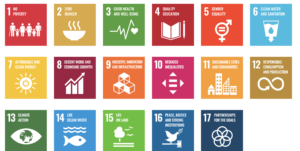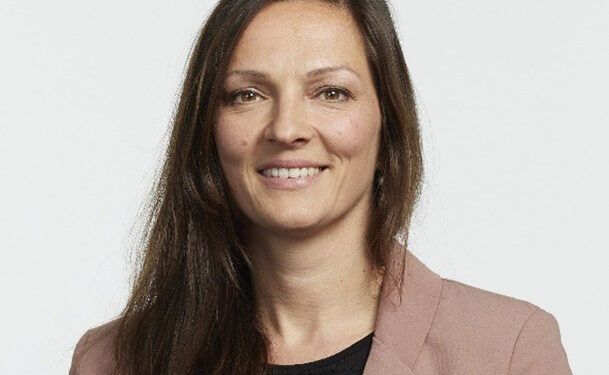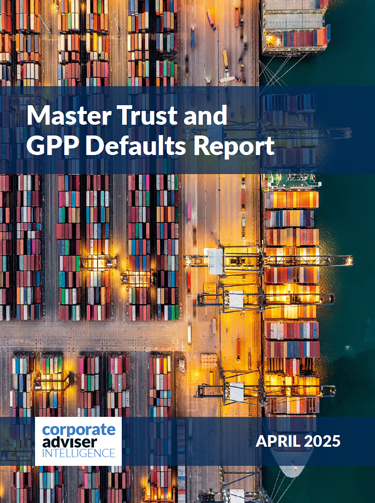SPONSORED COPY
We believe that environmental, social and governance (ESG) factors can make a financial difference which can impact the profitability and growth of businesses. We therefore believe that integrating risks and opportunities related to ESG factors can help build more resilient investment portfolios. It’s a belief we’ve incorporated into our investment strategies, with the aim of helping safeguard members’ pension savings in the longer term.
We do this in a couple of ways. For example, we exclude certain companies from our investments and tilt away from others to reduce exposure to risks such as stranded assets, or assets that have lost value due to market changes. But we’re also looking for upside potential from tilting towards companies with better ESG credentials and those transitioning their businesses to a low carbon economy to provide growth and profit opportunities.
Our responsible investment approach is underpinned by the 1987 United Nations definition of sustainability: ‘Meeting the needs of the present, without compromising the ability of future generations to meet their own needs.’ This is fully aligned with our focus on what matters to our customers today and tomorrow.
Good retirement outcomes should not only consider financial return but also what kind of world pension savers will retire into. By investing in companies with stronger ESG credentials and influencing companies to transition and improve, we can help deliver returns in a responsible way, aiming for positive long-term outcomes for society.
To help us achieve these aims, we’re partnering with Robeco and aberdeen, thought leaders in sustainable investing. Both take a forward-looking approach and have developed their own frameworks to evaluate companies based on their contributions to the UN Sustainable Development Goals, which set out real-world outcomes for society.
SDGs and real-world outcomes
At the UN Summit in New York in September 2015, world leaders adopted 17 Sustainable Development Goals (SDGs), an integral part of the 2030 Agenda for Sustainable Development. The SDGs, which aim to tackle big environmental, economic, and societal issues, are intentionally interconnected. Their overarching ambition is to ensure that no-one is left behind in the move to create a more sustainable world. Each SDG has a number of targets and indicators that are used to focus action and monitor performance.
The goals cover all aspects of environmental, social and governance factors. When it comes to the environment, they include areas such as climate action and solutions, biodiversity, waste management, responsible use of natural resources and sustainable cities.
With regards to social goals, these include things like clean water and sanitation, food nutrition, well-being, education, and gender and income equity. Governance goals include fair and inclusive institutions and gender diversity on boards, but the principle of good governance also underpins the SDGs more broadly.
The clarity and holistic nature of the SDGs fits with our own approach to ESG factors. Using the SDG framework means we can increase our investments in companies that have a positive impact on SDGs and link our approach to real-world outcomes.

How it works
Both Robeco and aberdeen’s proprietary frameworks tilt towards companies that have a positive impact on the SDGs, and away from those that don’t.
For example, Robeco’s SDG framework assesses the impact a company has on the 17 SDGs based on three factors – the company’s own operations, their products, and services as well as any controversies linked to the SDGs. This will result in a positive or negative score that is then used to determine the tilts towards companies with a positive SDG impact.
aberdeen use a selected number of environmental and social SDGs and tilt towards companies whose business activities are positively linked to them, including gender equality (SDG5) and the responsible production and consumption of resources (SDG12).
Both also include a range of climate criteria which can be linked to SDG 13 (climate action). For example, both Robeco and aberdeen look at companies’ historic carbon emissions position as a starting point to help identify exposure to climate transition risk. They then look at where these companies are today. For example, how much of their current revenues are generated from climate solutions such as electric vehicles and renewable resources. They then look to the future, including whether companies have credible plans for carbon reduction which they publicly disclose to enable tracking. This allows us to tilt towards what we consider to be climate leaders and away from climate laggards.
The SDGs can therefore provide a foundation for investing responsibly with the aim to deliver financial return while contributing to positive societal outcomes.
Read the latest news, expertise and thought leadership from Scottish Widows’ workplace pensions experts, by click here





